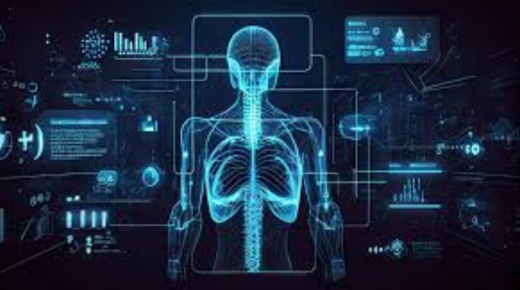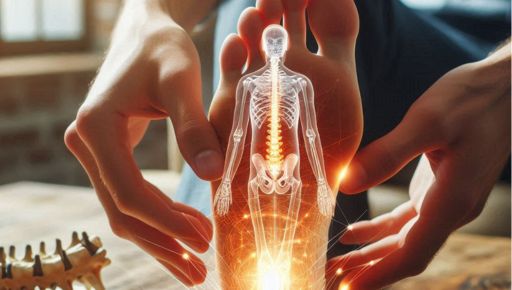1. Understanding Nuclear Medicine
Nuclear medicine utilizes small amounts of radioactive substances to diagnose and treat diseases, including cardiac amyloidosis.
2. What is Cardiac Amyloidosis?
Cardiac amyloidosis is a rare condition characterized by the accumulation of amyloid proteins in the heart tissue, leading to impaired function.
3. Importance of Early Detection
Early detection of cardiac amyloidosis is crucial for initiating appropriate treatment and improving patient outcomes.
4. Role of Nuclear Medicine Scans
Nuclear medicine scans, such as technetium-labelled bone scintigraphy and cardiac scintigraphy, play a vital role in diagnosing cardiac amyloidosis.
5. Technetium-labelled Bone Scintigraphy
Technetium-labelled bone scintigraphy can detect abnormal tracer uptake in the myocardium, indicating the presence of amyloid deposits.
6. Imaging the Heart
Cardiac scintigraphy involves injecting a radioactive tracer that binds to amyloid proteins, allowing visualization of amyloid deposits in the heart.
7. Identifying Amyloid Deposits
Nuclear medicine scans can accurately identify the location and extent of amyloid deposits in the heart muscle.
8. Differentiating Amyloidosis Subtypes
Nuclear imaging helps differentiate between different subtypes of cardiac amyloidosis, such as AL and ATTR amyloidosis.
9. Assessing Disease Progression
Serial nuclear medicine scans can track disease progression and response to treatment in patients with cardiac amyloidosis.
10. Complementary Diagnostic Tool
Nuclear medicine scans complement other diagnostic modalities like echocardiography and cardiac MRI in the evaluation of cardiac amyloidosis.
11. Non-invasive Procedure
Nuclear medicine cardiac amyloidosis scans are non-invasive procedures that provide valuable diagnostic information without the need for invasive tissue biopsy.
12. Early Intervention
Early detection with nuclear medicine scans allows for timely intervention and management of cardiac amyloidosis, potentially improving patient outcomes.
13. Preparing for the Scan
Patients may need to fast or avoid certain medications before undergoing a nuclear medicine cardiac amyloidosis scan.
14. Administration of Radioactive Tracers
During the scan, patients receive a small amount of radioactive tracer via injection, which is then detected by specialized imaging equipment.
15. Minimal Radiation Exposure
Nuclear medicine scans involve minimal radiation exposure, with risks outweighed by the diagnostic benefits for patients with suspected cardiac amyloidosis.
16. Interpretation of Results
Expert interpretation of nuclear medicine scan results is essential for accurate diagnosis and treatment planning in cardiac amyloidosis.
17. Multidisciplinary Approach
Interpretation of nuclear medicine scans often involves collaboration between nuclear medicine physicians, cardiologists, and other specialists.
18. Limitations of Nuclear Medicine
While highly sensitive, nuclear medicine scans may not detect small or early-stage amyloid deposits, necessitating correlation with clinical findings.
19. Patient Comfort
Patients may experience mild discomfort during the injection of the radioactive tracer, but the procedure is generally well-tolerated.
20. Post-Scan Care
Patients can resume normal activities immediately after the scan, with no special precautions required.
21. Advances in Technology
Ongoing advancements in nuclear medicine technology continue to improve the accuracy and utility of cardiac amyloidosis scans.
22. Research and Development
Research efforts focus on developing novel radiotracers and imaging techniques to enhance the detection and characterization of cardiac amyloidosis.
23. Cost-effectiveness
Nuclear medicine scans are considered cost-effective diagnostic tools for cardiac amyloidosis, helping to streamline patient management.
24. Patient Education
Educating patients about the role and safety of nuclear medicine scans in diagnosing cardiac amyloidosis promotes informed decision-making and reduces anxiety.
25. Conclusion
Nuclear medicine cardiac amyloidosis scans are valuable diagnostic tools that play a crucial role in the early detection, characterization, and management of this complex cardiac condition, ultimately improving patient outcomes and quality of life.





